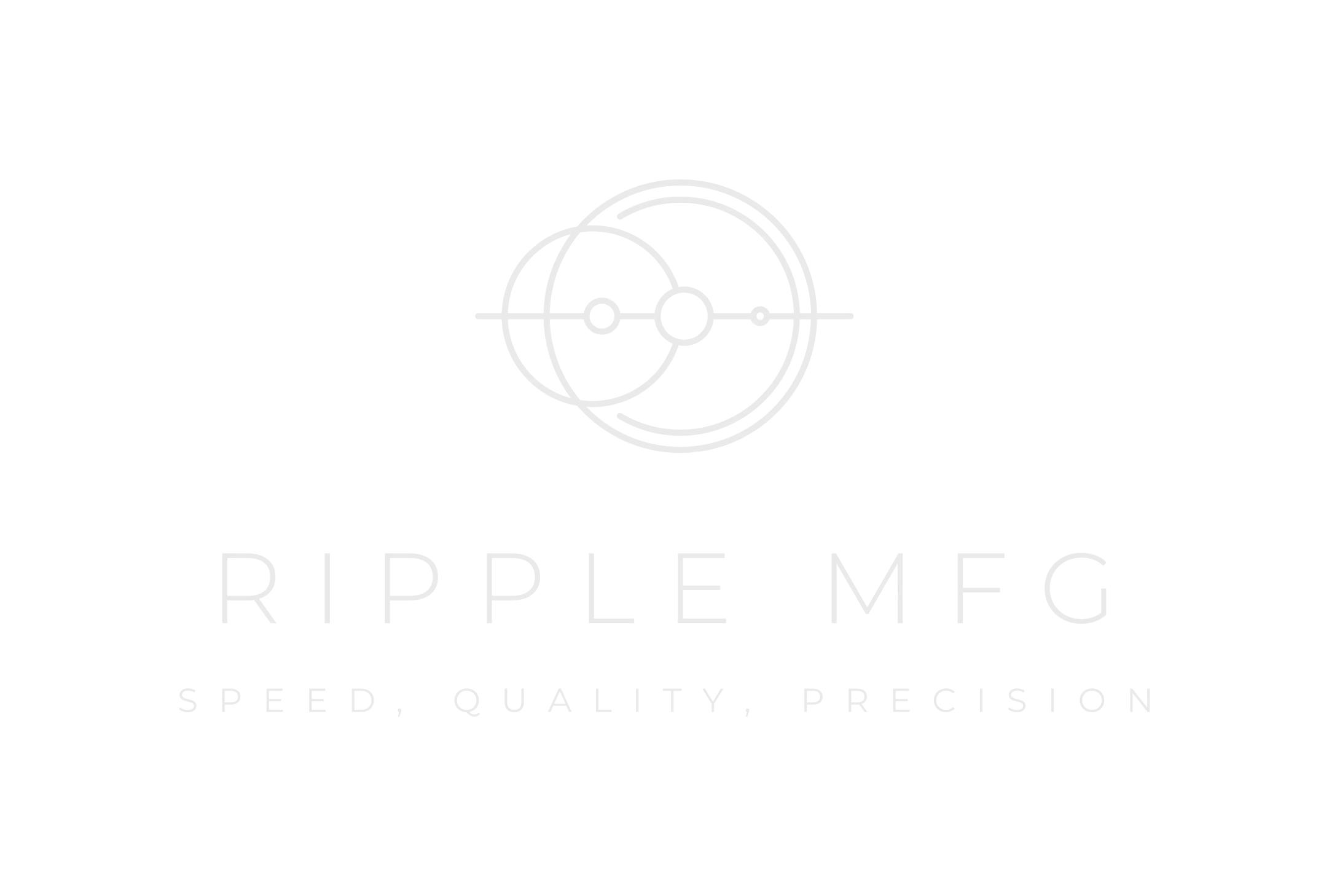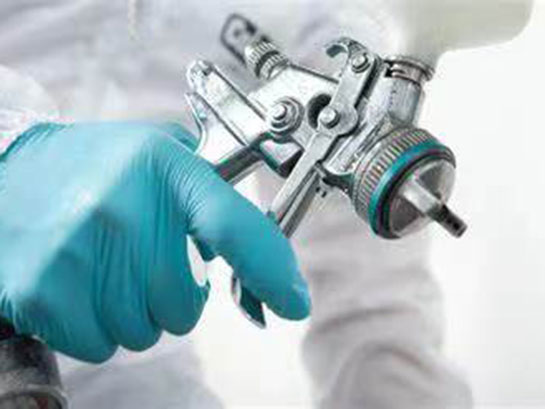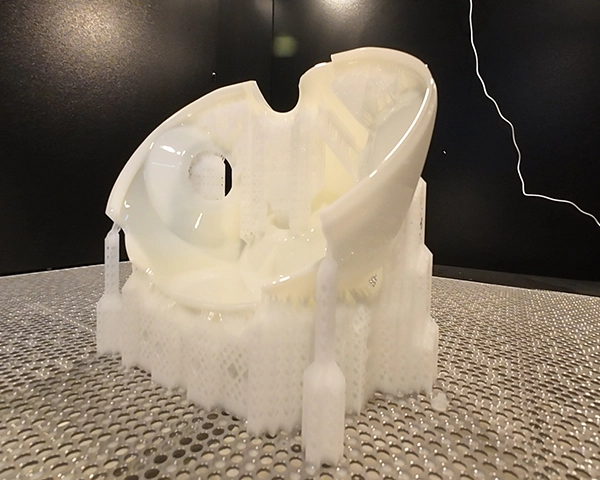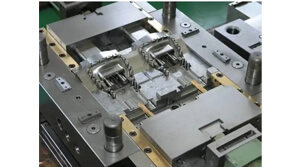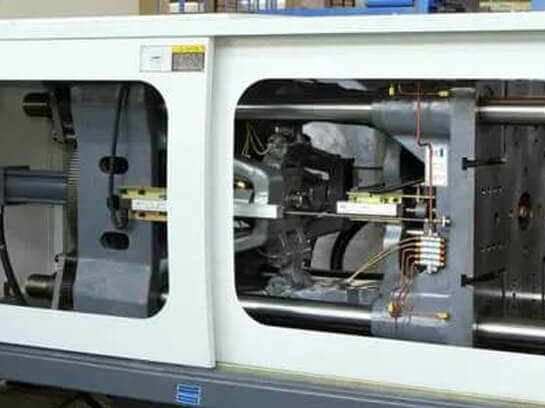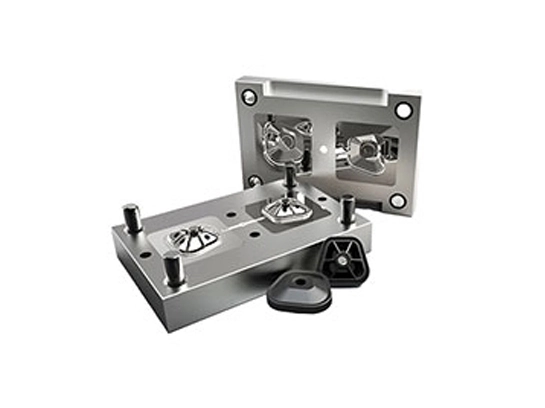


Urethane casting or silicone prototype manufacturing is a manufacturing process used to create high-quality, low-volume soft tooling plastic parts or prototypes. The process involves creating a mold of the desired part and then casting a liquid urethane material into the mold to create the final product.

Design the part: The first step is to design the part or prototype using computer-aided design (CAD) software. This allows for precise control over the dimensions and shape of the part.
Create the mold: Once the design is complete, a mold is created using various materials such as silicone or urethane rubber. The mold is typically created using a 3D printer or by machining it out of a solid block of material.
Prepare the mold: The mold is then prepared by applying a release agent, which helps prevent the urethane from sticking to the mold.
Mix and pour the urethane: Next, the urethane material is mixed according to the manufacturer's instructions and poured into the mold. The mold is then placed in a vacuum chamber to remove any air bubbles that may have formed.
Cure the urethane: The mold is then placed in an oven or left to cure at room temperature until the urethane has hardened. The curing time can vary depending on the type of urethane material used and the size of the part being cast.
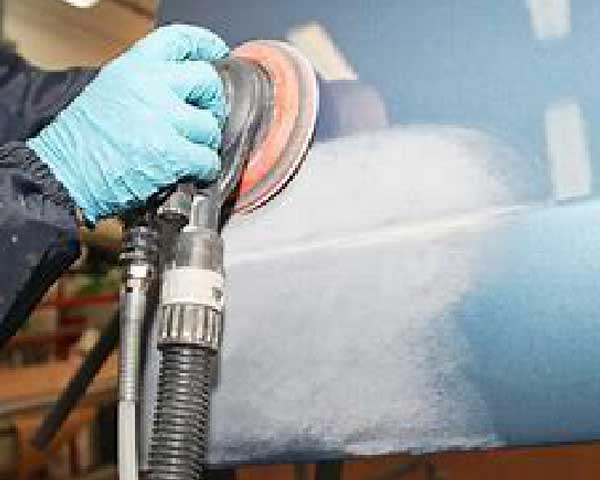
Remove the part: Once the urethane has cured, the mold is opened, and the part is removed. Any excess material or flash is trimmed off, and the part is inspected for any defects.
Finish the part: Finally, the part is finished, which may involve painting, sanding, or adding other finishing touches.
